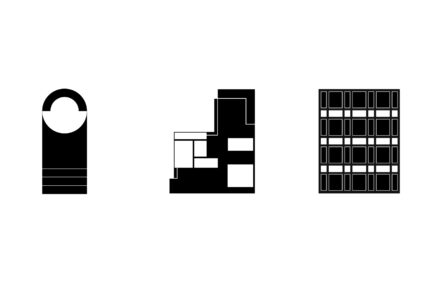PROJECT
Tintagel House
A flexible workspace responding to its local context and a historic building
Our first major project for The Office Group, the leading workspace provider

Universal Design Studio took charge of the interiors and was inspired by the Tintagel’s ‘secret life’ as the police HQ. Materials such as brushed stainless steel were chosen in reference to the building’s history of innovation – particularly its role as the home of the first-ever police computer. — The Spaces














